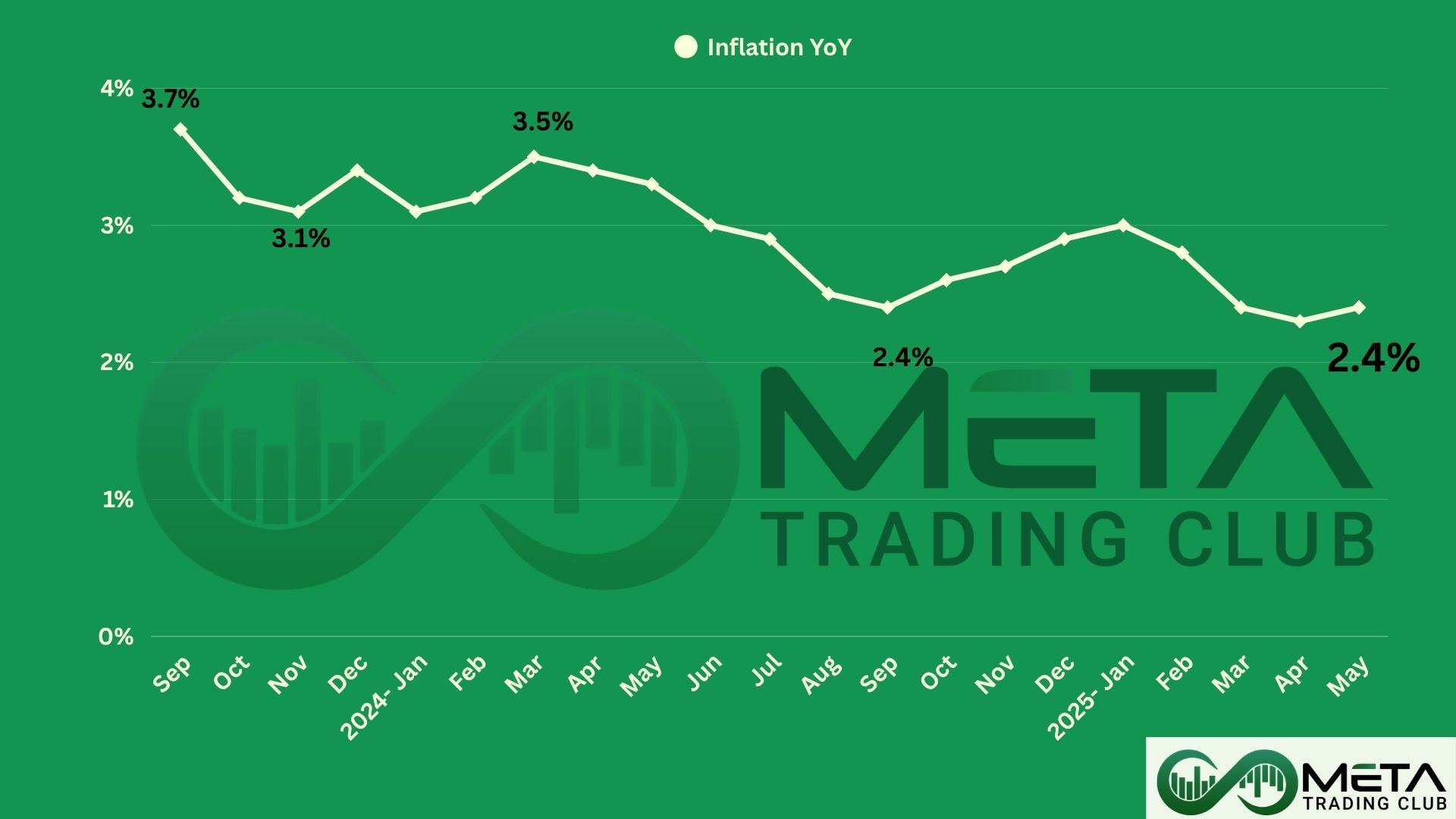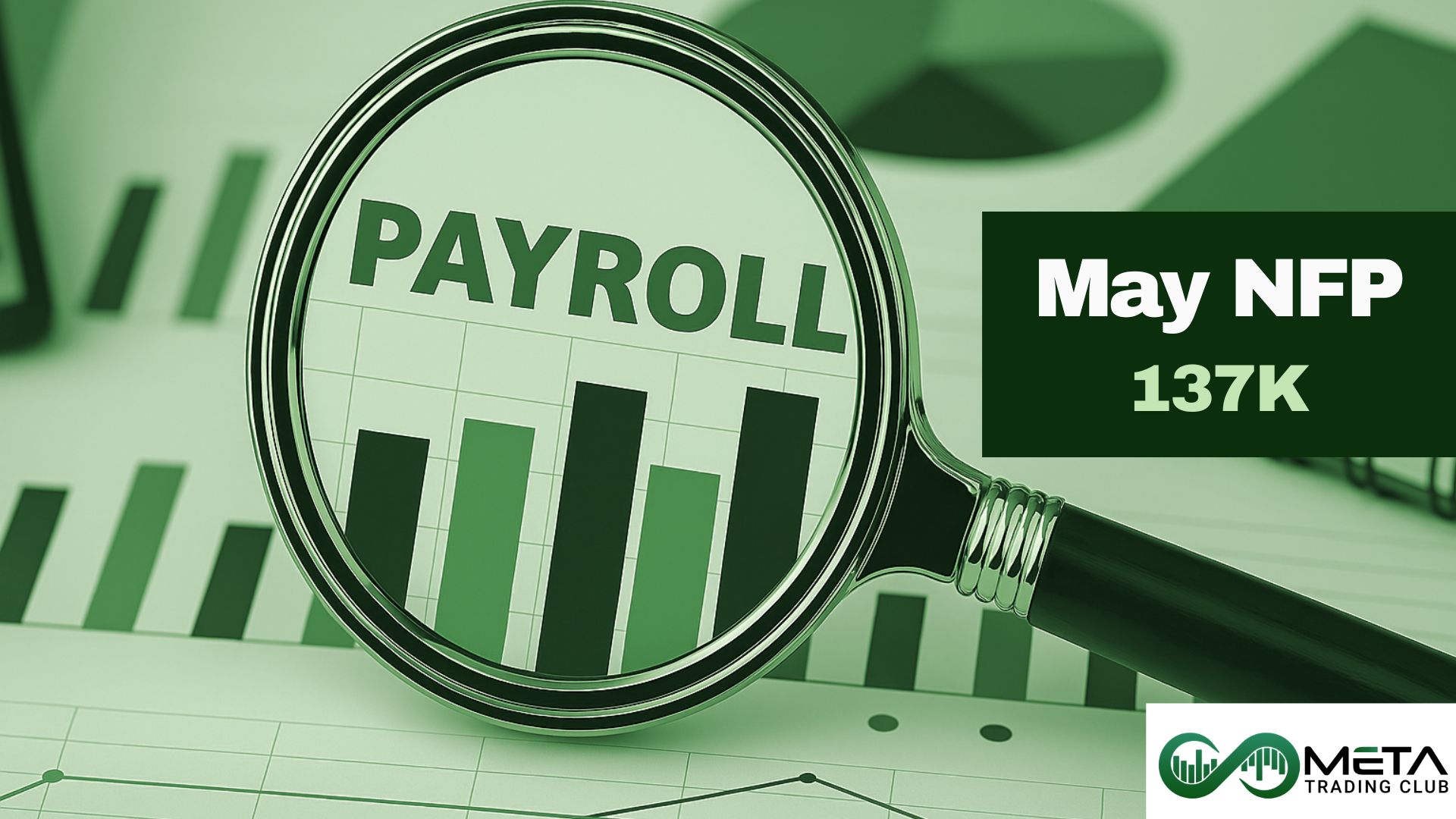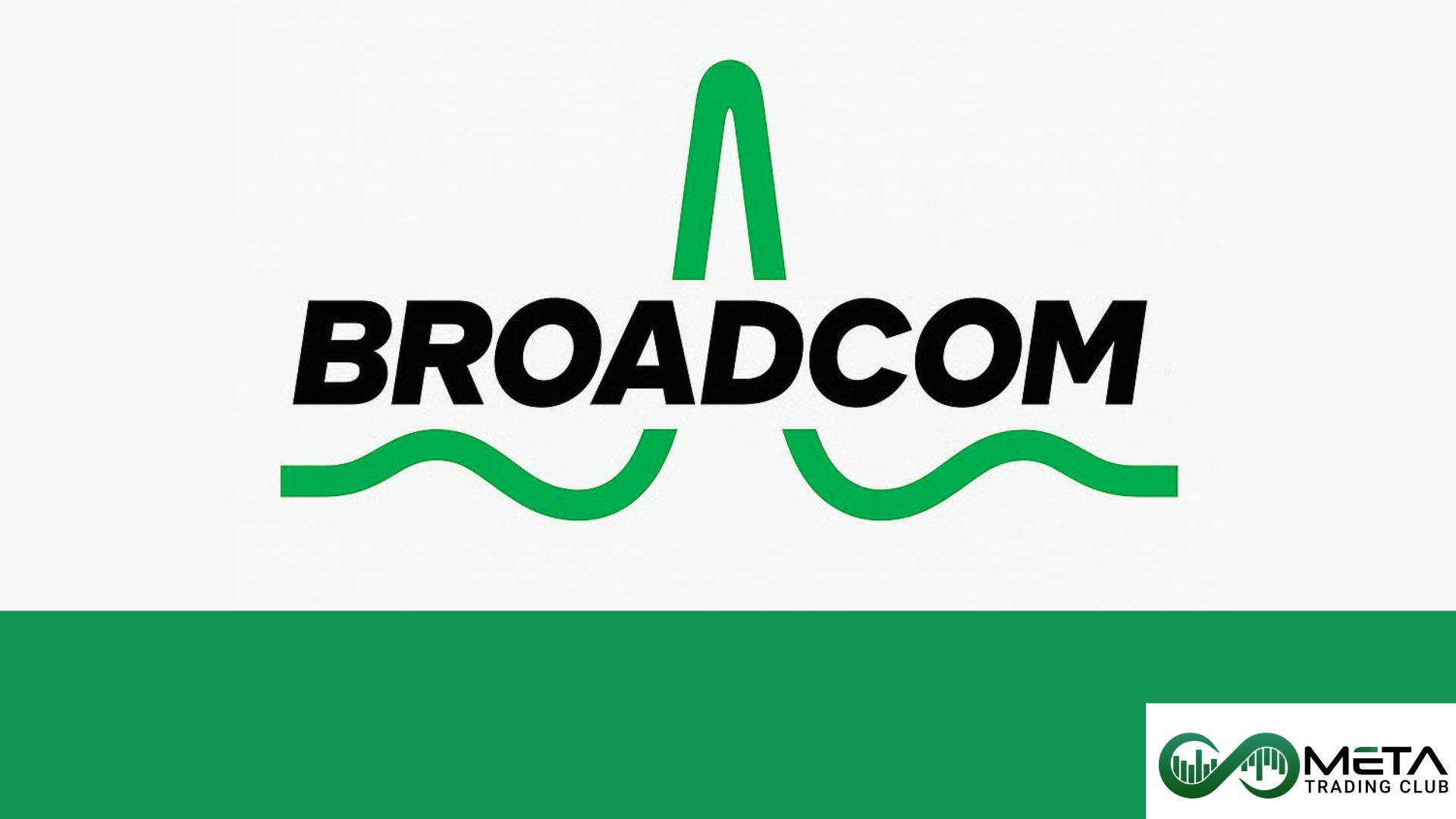Even if you don’t consider yourself an investor, you’ve probably heard of bonds. Bonds are a relatively simple product to trade, although if you are not familiar with bonds please take a look into Beginner’s Guide to Bonds. Casual traders, and even those who don’t trade any other product, can buy bonds. If you’re interested in government bonds or other equities in the debt market, check out this guide to learn how to trade bonds and what are the main types of trading bonds strategies.
Table of Contents
Bond Trading
Bond trading is the process of buying and selling bonds in the financial markets. Bonds are debt securities issued by entities such as governments, municipalities, and corporations to raise capital.
Also, bonds are initially issued in the primary market, where investors lend money to the issuer in exchange for interest payments over a specified period. For example, the issuer of government bonds is the federal government.
After issuance, bonds can be traded among investors in the secondary market. This allows investors to sell bonds before they mature, providing liquidity and the opportunity to react to changes in the market or interest rates.
In addition, the value of bonds is inversely related to interest rates. If interest rates rise, bond prices typically fall, and vice versa. Traders speculate on these movements to make profits.
Furthermore, the yield of a bond is the return an investor can expect to receive, taking into account the bond’s price, coupon (interest) payments, and time to maturity.
Bond trading is one way of making profit from fluctuations in the value of corporate or government bonds. Your profit or loss will depend on whether you correctly predicted the direction of movement, how much the market has moved, and the size of your position.
How are Government Bonds Issued?
Government bonds are usually issued via an auction. The government decides it wants to issue bonds up to a certain value in order to fund a project or pay down debt. The bonds get auctioned off and, in general, get bought by banks or financial institutions.
Very often, this means you’re buying bonds on the secondary market. If the bonds are bought by a financial institution, you can buy them as a retail customer either directly or via an intermediary such as an online brokerage. This process of buying on the secondary or open market means you may pay a premium for the bond.
This is how trading government bonds works. The owner of the original bond can dictate the terms of the sale. They may sell the bond for less than its face value. Although, they might sell it for more. You need to consider the price of the bond and its potential returns before you buy. Similarly, once you own a bond, you can sell it on the open market. Doing this allows you to set the terms of the sale.
Selling Bonds on The Secondary Market
Executing a trade on government bonds gives you a chance to earn pre-agreed interest payments as defined by the terms of the bond. Some traders are happy to stick with these terms and collect coupons until the bond matures. Doing this means you’re treating the bonds as an investment.
But, because bonds are financial instruments, like stocks, you’ve also got the ability to sell them. If you’ve traded stocks, you’ll already understand how this works. You buy shares in a company and then, if you want, sell them on the open market for a price. It’s the same with government bonds. You have the choice to sell a bond on the open market for a price. If that price is more than what you paid for the bond (i.e. more than its original value), you’ll make a profit.
Of course, just like all financial instruments, there’s no guarantee that selling your bond on the open market will return a profit. It could, but it’s not written in stone. So, if you are going to trade government bonds, you need to make sure you understand the market and use the tools available to conduct the necessary analysis.
How it works
Let’s look at an example of how and why you might sell a bond on the open market:
You hold government bonds worth $1,000 with an annual coupon rate of 5%. This means your bond returns $50 every year. You’re set to hold the bond for 10 years but, after five years, you spot an opportunity that you think could be more lucrative.
Because the market has changed and better opportunities might be available, you decide to sell your bond at a discounted price. You’re doing this because you want to free up some capital and you figure that the gains will offset the loss you’ve made on the sale. So, in this example, you decide to sell the bond for $950.
Anyone that buys it will still receive an annual coupon of $50. The important bit here though is that the new owner’s coupon rate won’t be 5%. As we’ve said, the rate is based on the bond’s value and the coupon payment. Someone that buys the bond for $950 will have a yield of 5.26%, instead of 5%.
Where to Buy and Sell Bonds?
There are two basic ways to buy and sell bonds. let me explain it to you:
- You can buy a newly issued bond from the U.S. government directly, to do so set up a brokerage account with TreasuryDirect to get started.
- Although, you can work with a specialized broker who handles bonds exclusively. Also, you can work through an online brokerage to begin trading online. However, you can buy Treasury bonds through brokers, and some will allow you to do this without paying them a commission.
If you work with a broker, you’ll receive information regarding the bond. Go in with an understanding of common terms to help you make a smart trade.
Online brokerage accounts make it simple to buy individual bonds or bond funds, subject to fees and commissions. However, purchasing shares of bond funds in your brokerage account is very straightforward.
Best Bond Broker
Best broker for most available bonds is Interactive Brokers. Interactive Brokers is a comprehensive trading platform that gives you access to a massive range of securities at affordable prices. You can buy assets from all around the world from the comfort of your home or office with access to over 150 global markets.
With 41,000+ corporate bonds and 1,000,000+ municipal securities available through Interactive Brokers, the brokerage is one of the best in the industry for fixed-income securities. Interactive Brokers offers a comprehensive bond screening tool that allows you to browse by industry, yield, ratings and country.
How to Trade Bonds?
There are multiple ways to own bonds, with different strategies tailored to the needs of every kind of investor and trader. Some choose bond funds, while others own individual bonds.
Individual Bonds
You can buy individual bonds either in primary markets (where the bond is purchased from the issuer) or secondary markets (where the bond is purchased from the previous holder).
Owning individual bonds lets you lock in a specific yield for a set period of time. This approach offers stability, as the yields offered by bond funds can fluctuate over time.
Individual bonds must be purchased whole, and most bonds are issued in increments of $1,000. That means you need to fund your brokerage account balance with at least that amount to get started.
U.S. Treasury Bonds
Investors can buy Treasury bonds directly from the government at TreasuryDirect. Treasury bonds are available in 20- or 30-year terms and pay a set interest rate every six months.
Treasury securities (including notes, bills, bonds and TIPS) are available for noncompetitive bidding from TreasuryDirect for smaller retail investors without having to incur commissions and fees.
When you buy bonds via TreasuryDirect, the prices and terms have already been set based on previous competitive auctions between large institutional buyers.
Bond Funds
The easiest way to buy bonds is to invest in bond mutual funds or bond exchange-traded funds (ETFs). Funds own large, diversified fixed-income portfolios comprising hundreds or even thousands of bonds.
This gives an investor exposure to a wide variety of fixed income securities, instead of investing in one specific holding. Moreover, bond funds pursue a very wide variety of different investing strategies. Therefore, fund managers take care of buying and selling securities for the portfolio in exchange for annual fees.
Also, bond funds can provide much greater diversification in maturity dates. Plus, there’s usually more efficient pricing available, since funds invest in much larger sums of money.
Best Bond Trading and Investing Strategies
Trading bonds can be as passive or active as you like. No matter your approach to this type of investment, here are some tiers of strategies to get you started.
1. Buy and Hold
If you’re looking for a passive strategy, start with buy and hold. You buy a bond and hold onto it until it reaches maturity. Holding a debt instrument until maturity date can be a good way to maximize the income generated while minimizing costs.
2. Bond Ladder
If you want to be more active, bond laddering is a good place to begin. This allows you to invest at regular intervals, minimizing both interest rate and reinvestment risk. Also, this process can provide an income stream while you maintain a low-cost strategy. Also, fixed-income investors use bond ladders to provide additional flexibility and adjust their holdings to changing market conditions.
How it works
When you consider constructing a bond ladder, picture a real ladder. Each rung of the ladder represents a bond. As each bond matures, you can reinvest the principal at current interest rates. Say your ladder has government bonds that mature in 2, 4, 6, 8, and 10 years. When the first bond matures in 2 years, you reinvest the money in a bond with a 10-year maturity, maintaining the ladder you’ve constructed.
For example, let’s say you have $15,000 to invest in government bonds. One option would be to spend it all on a single bond with a 10-year maturity date. In this case, though, your capital would be tied up for a decade, and plenty can change in the market in 10 years.
With a simple bond ladder, however, you would purchase three $5,000 bonds with staggered maturity dates: One year, two years and three years, for instance. Then, as each bond matured, you would reinvest the principal in bonds with the longest term you chose at the outset (a 3-year maturity in this case). With this simple bond ladder, you would have $5,000 to reinvest each year.
If interest rates are high, you gain the advantage of better yields. If they’re low, the ladder still includes maturities locked in at higher yields. Plus, you can stagger coupon payments to improve cash flow.
3. Barbell
The barbell strategy in bond trading is a method where an investor divides their investment portfolio into two main parts: one half is allocated to short-term bonds, and the other half to long-term bonds, with little to no investment in intermediate-term bonds. This strategy resembles a barbell, hence the name, with weights (investments) at both ends of the maturity spectrum.
How it works
This time, picture a barbell. Your heavy concentrations of investments comprise the ends of the barbell, with lesser amounts, in the middle. Since this strategy includes a lot of short-term bonds, you’ll need to continually trade maturing bonds for new ones.
For example, let’s say you have $10,000 to invest in government bonds. You invest $2,500 in a 1-year bond with a 2% yield, $2,500 in a 2-year bond with a 2.5% yield, $2,500 in a 20-year bond with a 4% yield and $2,500 in a 30-year bond with a 4.5% yield.
In this example, the investor has invested a total of $10,000, split evenly between short-term and long-term bonds. The short-term bonds provide liquidity and protection against interest rate risk. However, the long-term bonds offer higher yields and protection against inflation.
4. Bond Swap
This more-active approach is popular among more experienced traders. A bond swap is simply selling one bond and immediately using the proceeds to buy another.
You sell a losing bond to get a tax write-off for the loss and reinvest that money in another bond. You get rid of a bond that isn’t likely to recover and buy higher-yielding ones to build a stronger bond portfolio.
How it works
You decide to sell a bond at a loss and use the proceeds to buy a better-performing bond. You can write off the losses on the sale but potentially get a better return on the purchase.
For example, An investor holds a 10-year municipal bond with a 5% coupon, purchased at par value ($100,000). Interest rates have risen, and new municipal bonds with similar credit quality are offering a 6% coupon. So, the investor decides to sell the original bond, even if at a loss, and uses the proceeds to purchase a new 10-year municipal bond with a 6% coupon. The investor now holds a bond with a higher coupon rate, which will provide a higher annual income. If the original bond was sold at a loss, the investor might be able to use that loss to offset capital gains for tax purposes.
5. Five Against Bonds Spread Strategy
A popular strategy to consider when trading government bond futures is the Five Against Bonds Spread (FAB). Here, you would adopt two opposing positions in bonds with differing maturities to profit from the relative mis-pricings in their spread. Hence, you would short sell the maturity you believe to be overpriced and buy the maturity you believe to be underpriced.
How it works
This is a futures trading strategy that seeks to profit from the spread differences between Treasury securities of differing maturities. It involves taking offsetting positions in futures contracts for five-year Treasury notes and long-term Treasury bonds (typically 15 to 30 years).
For example, Ava wants to profit from the spread between short-term and long-term Treasury yields. Also, Ava notices that the yield spread between five-year Treasury notes and long-term Treasury bonds is wider than its historical average. This indicates that five-year notes are underpriced or long-term bonds are overpriced.
So, Ava buys futures contracts on five-year Treasury notes, expecting their price to increase as yields normalize. Simultaneously, Ava sells futures contracts on long-term Treasury bonds, expecting their price to decrease for the same reason. If the yield spread narrows as expected, the price of five-year notes will rise, and the price of 30-year bonds will fall. In addition, Ava profits from the convergence of the spread to its historical norm.
6. Speculating on Interest Rate
Owing to the inverse relationship between bond prices and interest rates (for example as interest rates rise, so bond prices fall, and vice-versa) bonds enable you to speculate on interest rate movements. With us, you can learn to do this by taking a position in the government bonds market. Hence, Participate in the MTC Incubator Program.
If you think interest is set to rise, you could adopt a short position by selling the market. Conversely, if you think rates will decrease, you could go long and buy the market.
How it works
An investor assesses the current economic indicators and central bank statements to forecast future interest rate movements. Based on the forecast, the investor decides to position their portfolio to benefit from anticipated changes. For example:
- If the investor expects interest rates to rise, they might take a short position in bond futures. This means they agree to sell the bond in the future at a predetermined price, expecting to buy it back at a lower price as bond prices fall when rates rise.
- Conversely, if the investor expects interest rates to fall, they might take a long position in bond futures, agreeing to buy the bond at a future date at a predetermined price, expecting to sell it at a higher price as bond prices increase when rates drop
The investor executes the strategy by trading bond futures on exchanges or Over The Counter (OTC) markets, depending on their need for standardization or customization
Also, the investor continuously monitors economic developments and adjusts their positions as needed to optimize returns or minimize losses.
7. Yield Curve Strategies
Yield curve strategies involve analyzing the shape of the yield curve to make informed investment decisions. The yield curve, which plots the yields of bonds with different maturities, can provide insights into future interest rate movements.
Traders may implement strategies such as riding the yield curve, where they take positions based on expectations of yield curve movements, or flattening and steepening strategies to capitalize on changes in the yield curve’s slope.
How it works
One common yield curve strategy is the Curve Steepener Trade. This involves an investor buying short-term Treasuries and shorting longer-term Treasuries to profit from a widening yield curve. Here’s a simplified example:
An investor observes that the yield curve is relatively flat but expects that the economy will grow, leading to higher interest rates for long-term bonds compared to short-term bonds. To capitalize on this expectation, the investor buys derivatives linked to 5-year Treasuries and simultaneously shorts derivatives linked to 10-year Treasuries.
If the yield curve steepens means that the yield on the 10-year Treasuries increases more than the yield on the 5-year Treasuries. Then the investor will profit from the trade.
This strategy uses derivatives to hedge against the risk of interest rate changes and requires a good understanding of economic indicators and interest rate movements.
Risk of Trading Bonds
Suppose you invested $100,000 into 10-year Treasuries three years ago. Your government bonds have a 2% semiannual yield which pays 1,000 every 6 months. However, the stock market has crashed in the meantime, and you want to sell the bonds to invest in stocks, as stocks are cheap.
But unfortunately, interest rates have risen, and no buyers are willing to pay what you paid for them. As a matter of fact, not only stocks have crashed, but also bonds because interest rates have increased. Because of the increased rates, bond prices need to go down. Today the bid is at 80 for your bonds. Thus, your 100,000 investment is only worth 80,000. Quite a loss! This is interest rate risk, and it’s for real.
How to Trade
- Choose your product: You can trade Contract for Difference (CFD) on interest rate securities and trade on margin, which enables you to enter a position that is larger than your initial account balance.
- Research the treasuries market: Find out what fundamental factors have an effect on prices, including interest rates, yields, credit risk, and credit rating changes.
- Narrow down your instrument: This could include treasuries from the US, Europe, or a more generalized bond ETF.
- Decide whether you want to buy or sell: Depending on whether you go long or short, define your entry and exit positions on the trading chart.
- Make use of risk-management tools: The market can be volatile, so some traders take advantage of stop-loss orders to minimize their capital loss.
Final Words
Bond trading is an investment strategy that can serve many purposes. Even the most passive investors can use bonds as a way to save for a long-term goal. And if you’re a more active trader, bonds can allow you to build and diversify your trading portfolio.
If you’re interested in bond trading, do your research and identify your goals. If you want to learn more about trading, you can join our in-person incubator program.
FAQs
- Can you make money trading bonds?
Yes, you can make money trading bonds. You can buy bonds and hold them until they mature, collecting interest payments, usually paid semiannually. Another way to make money is to sell bonds at a price higher than what you paid. - How are bonds being traded?
Most bonds are traded OTC, where transactions occur directly between two parties without a centralized exchange. - Can you buy bonds for $100?
Yes, you can buy bonds for as little as $100. This is particularly true for U.S. Treasury bonds, which you can purchase directly from the government through the TreasuryDirect website. The minimum purchase amount for Treasury bonds is indeed $100, and you can buy them in increments of $100. - Is bond trading risky?
Bond trading, like any form of investment, involves certain risks. Here are some of the key risks associated with bond trading: interest rate risks, reinvestment risk, inflation risk, credit risk and liquidity risk. - Can you trade bonds daily?
Yes, bonds can be traded daily. The bond market is active, and many investors trade bonds on a daily basis.
- Can you make money trading bonds?


















